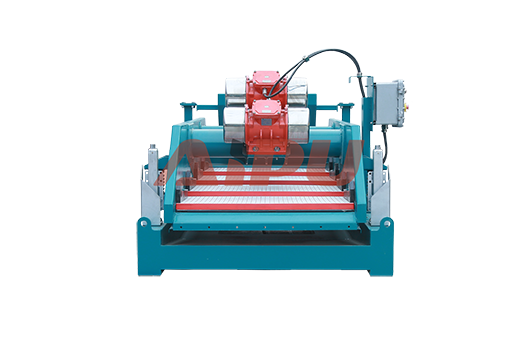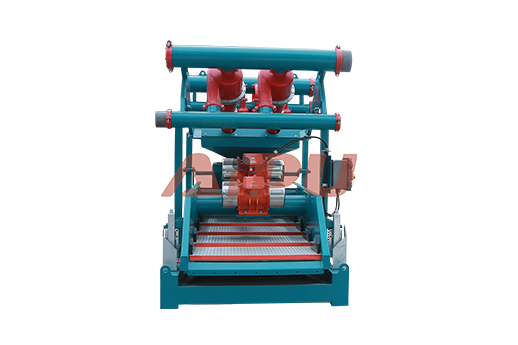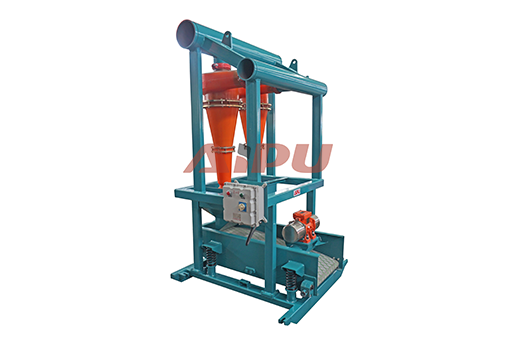How Solids Control Keeps Drilling Fluid in Check
The drilling sector has witnessed significant changes over the years, and one of the most notable developments is the evolution of solids control systems. These systems play a crucial role in maintaining the efficiency and safety of drilling operations.
Early Beginnings
In the early days of the drilling industry, solids control was a relatively basic process. Simple shale shakers were used to separate large solids from the drilling fluid. These early shakers had limited capacity and were not very effective in removing fine particles. The drilling fluid, often a simple mixture of water and clay, was reused with minimal treatment. This led to problems such as increased wear on drilling equipment, reduced drilling efficiency, and environmental concerns due to the disposal of contaminated fluids.
Technological Improvements
As the demand for more efficient drilling increased, so did the need for better solids control systems. Technological advancements led to the development of more sophisticated equipment. For example, the introduction of hydrocyclones allowed for the separation of finer particles from the drilling fluid. These devices use centrifugal force to separate solids based on their size and density. Additionally, the design of shale shakers improved, with the use of multiple decks and high - frequency vibrations to enhance the separation process. New materials were also used in the construction of these systems, making them more durable and resistant to wear and corrosion.
Environmental Considerations
In recent decades, environmental regulations have become more stringent, driving further evolution of solids control systems. Drilling companies are now required to minimize the environmental impact of their operations. Modern solids control systems are designed to recover and recycle as much drilling fluid as possible, reducing the amount of waste that needs to be disposed of. Advanced filtration technologies are used to remove even the smallest particles, ensuring that the recycled fluid meets the required quality standards. Some systems also incorporate treatment processes to break down contaminants, making the disposal of remaining waste more environmentally friendly.
Integration with Automation
The latest trend in solids control systems is the integration with automation. Automation allows for real - time monitoring and control of the solids control process. Sensors can be used to measure the properties of the drilling fluid, such as density and viscosity, and adjust the operation of the equipment accordingly. This not only improves the efficiency of the solids control process but also reduces the need for manual intervention, minimizing the risk of human error. Automated systems can also provide data analytics, which can be used to optimize the performance of the entire drilling operation.
In conclusion, the evolution of solids control systems in the drilling sector has been driven by the need for increased efficiency, environmental protection, and technological innovation. As the industry continues to face new challenges, it is likely that these systems will continue to evolve and improve.

Early Beginnings
In the early days of the drilling industry, solids control was a relatively basic process. Simple shale shakers were used to separate large solids from the drilling fluid. These early shakers had limited capacity and were not very effective in removing fine particles. The drilling fluid, often a simple mixture of water and clay, was reused with minimal treatment. This led to problems such as increased wear on drilling equipment, reduced drilling efficiency, and environmental concerns due to the disposal of contaminated fluids.
Technological Improvements
As the demand for more efficient drilling increased, so did the need for better solids control systems. Technological advancements led to the development of more sophisticated equipment. For example, the introduction of hydrocyclones allowed for the separation of finer particles from the drilling fluid. These devices use centrifugal force to separate solids based on their size and density. Additionally, the design of shale shakers improved, with the use of multiple decks and high - frequency vibrations to enhance the separation process. New materials were also used in the construction of these systems, making them more durable and resistant to wear and corrosion.
Environmental Considerations
In recent decades, environmental regulations have become more stringent, driving further evolution of solids control systems. Drilling companies are now required to minimize the environmental impact of their operations. Modern solids control systems are designed to recover and recycle as much drilling fluid as possible, reducing the amount of waste that needs to be disposed of. Advanced filtration technologies are used to remove even the smallest particles, ensuring that the recycled fluid meets the required quality standards. Some systems also incorporate treatment processes to break down contaminants, making the disposal of remaining waste more environmentally friendly.
Integration with Automation
The latest trend in solids control systems is the integration with automation. Automation allows for real - time monitoring and control of the solids control process. Sensors can be used to measure the properties of the drilling fluid, such as density and viscosity, and adjust the operation of the equipment accordingly. This not only improves the efficiency of the solids control process but also reduces the need for manual intervention, minimizing the risk of human error. Automated systems can also provide data analytics, which can be used to optimize the performance of the entire drilling operation.
In conclusion, the evolution of solids control systems in the drilling sector has been driven by the need for increased efficiency, environmental protection, and technological innovation. As the industry continues to face new challenges, it is likely that these systems will continue to evolve and improve.








